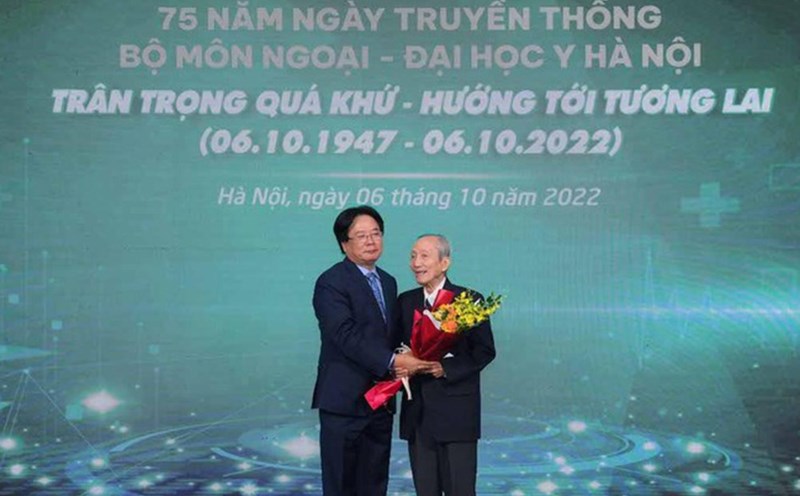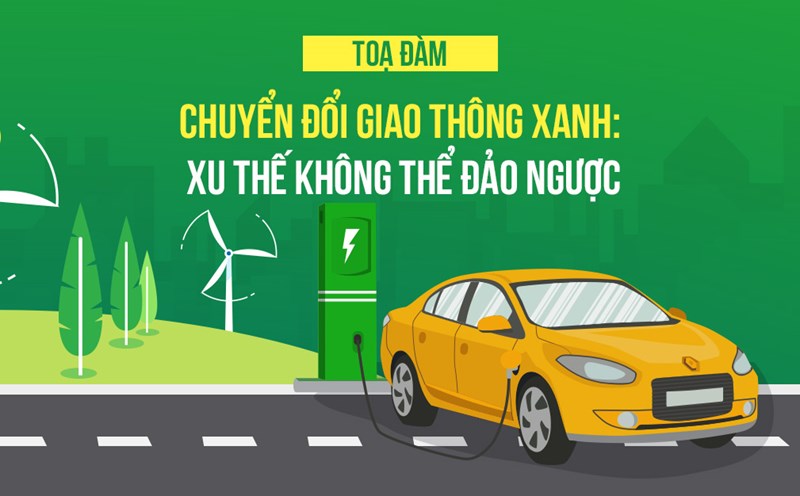That is the recommendation of Dr. Nguyen Xuan Quang - Institute of Energy Technology (Hanoi University of Science and Technology) in an interview with Lao Dong Newspaper.
Sir, how do you evaluate the limitation of gasoline vehicles in Ring Road 1 in Hanoi from July 1, 2026?
- Vehicles using gasoline engines are a popular means of transportation ever since of Vietnamese people with a full supply chain from car sales, fuel supply to repair and maintenance stores.
However, Hanoi is a large urban area with high population density. The use of a large number of fossil fuel-powered vehicles will inevitably cause many environmental pollutants such as fine dust emissions, increasing CO2, CO2 levels at red light waiting points or congestion points. This has affected human health, especially when engine emission standards are not controlled as they are now.
This is also part of a green shift trend as fossil fuels can gradually be replaced by electricity. The next step is that electricity production can also come from renewable and clean energy sources.
How do people need State support when switching from gasoline vehicles to electric vehicles, sir?
- The need for transportation is an essential need of the people. Replacing a familiar type of means of transport with another type of means of transport in large quantities is a challenge. It is necessary to calculate carefully step by step so as not to affect people's lives.
Regarding the conversion from gasoline vehicles to electric vehicles, the State should have certain support policies. For example, supporting vehicle registration procedures quickly, preferably for free. Implement a program to buy gasoline vehicles to electric vehicles at acceptable prices or establish a trading floor so that people can sell gasoline motorbikes so that people in other areas can buy them at suitable prices according to the market. Avoid people having to sell off their valuable assets.
In addition, the State needs to immediately prepare methods and processes for waste treatment from batteries that are too old to replace, waste receiving and treatment centers related to expired or discarded vehicles. It is necessary to issue fire prevention and fighting standards for electric vehicle chargers in apartments and residential areas, and at the same time, there should be a mechanism to ensure the use of standard batteries to ensure fire safety.
With a large number of electric vehicles circulating, how should the power infrastructure of Hanoi City be invested in and upgraded to meet this plan, sir?
- It is estimated that in the Ring Road 1 area, there are about 450,000 motorbikes with an average consumption of 0.6 liters of gasoline/day, in 1 year the consumption of gasoline of motorbikes is 98.55 million liters of gasoline/year. If we add the amount of gasoline consumed by cars, the amount of gasoline used for transportation is about 110 million liters/year. If switching to electric motorbikes, the corresponding electricity consumption is about 880 million kWh of electricity because electric vehicles have a higher energy conversion efficiency than gasoline vehicles with an average electricity consumption of 1.5-2.5 kWh/100km.
Electric cars consume more with an average electricity consumption of 15-20kWh/100km. The total electricity consumption of both cars and motorbikes if they switch to electricity can be 968 - 1,012 million kWh/year.
This figure of 968 - 1,012 million kWh/year, accounting for about 0.33-0.36% of the total national electricity output for only a small area in Ring Road 1, also puts great pressure on the capital's power grid and the Ring Road I area.
Hanoi's current electricity consumption has reached a particularly high level in the hot summer. The electricity consumption of Hanoi on July 8, 2025 reached 100.27 million kWh, while only the Ring Road 1 area needs electricity for charging stations, which is 2.65 - 2.77 million kWh/day, causing overload of the power grid.
To implement this policy, charging stations are an important factor that needs to be supplemented to meet the increasing charging requirements. Hanoi needs to publicly invest in the charging station system, as the plan mentioned by the city leaders, to ensure enough charging ports in residential areas, parking lots, and public areas. Upgrading the low-voltage power grid and transformer stations in the Ring Road 1 area to meet additional loads, especially during peak hours. It is necessary to survey and calculate the appropriate charging port ratio for apartment buildings (for example: No need for 1 gate/vehicle but can be at a ratio of 1:00 or 1:00.
- Thank you for sharing!










